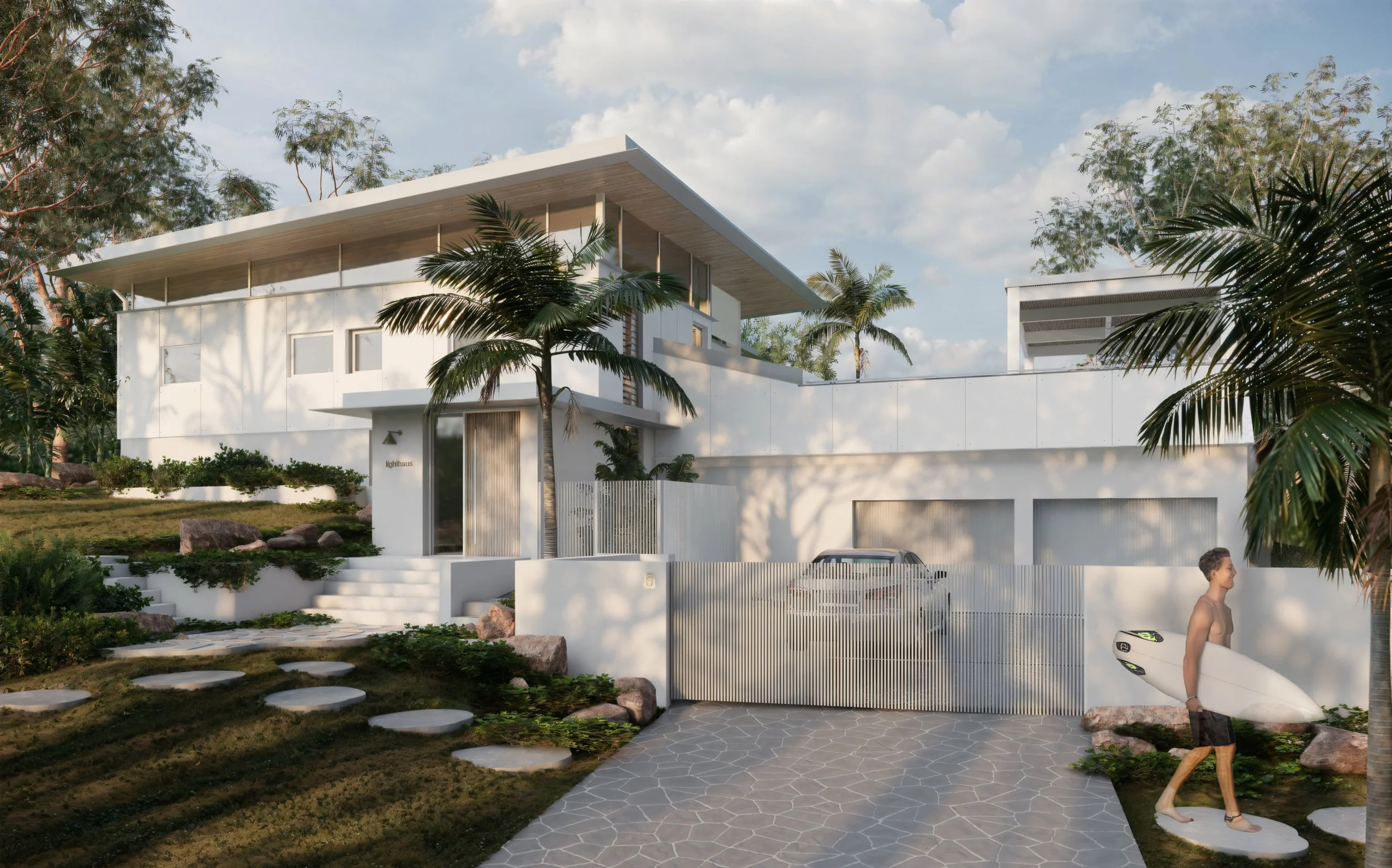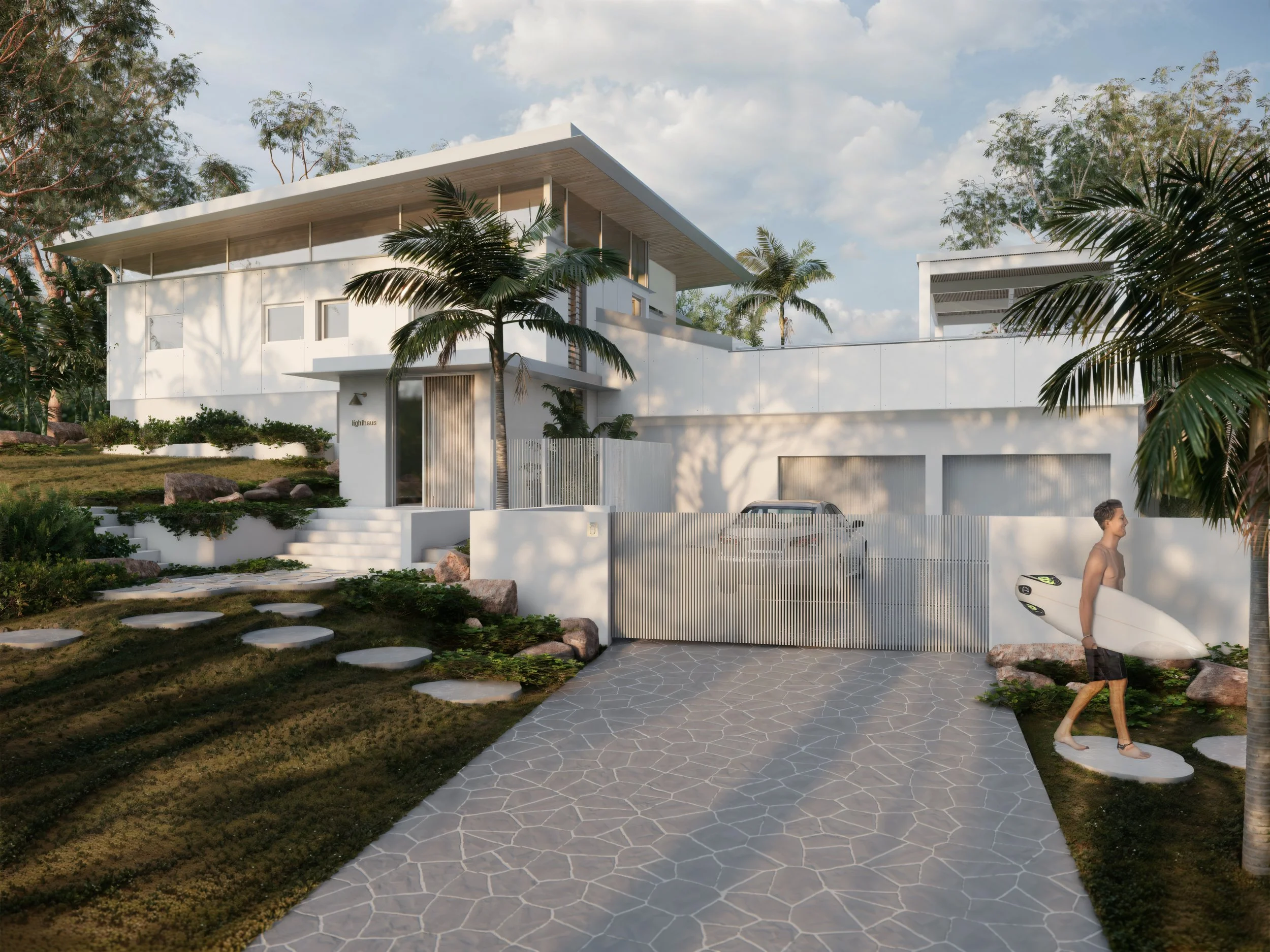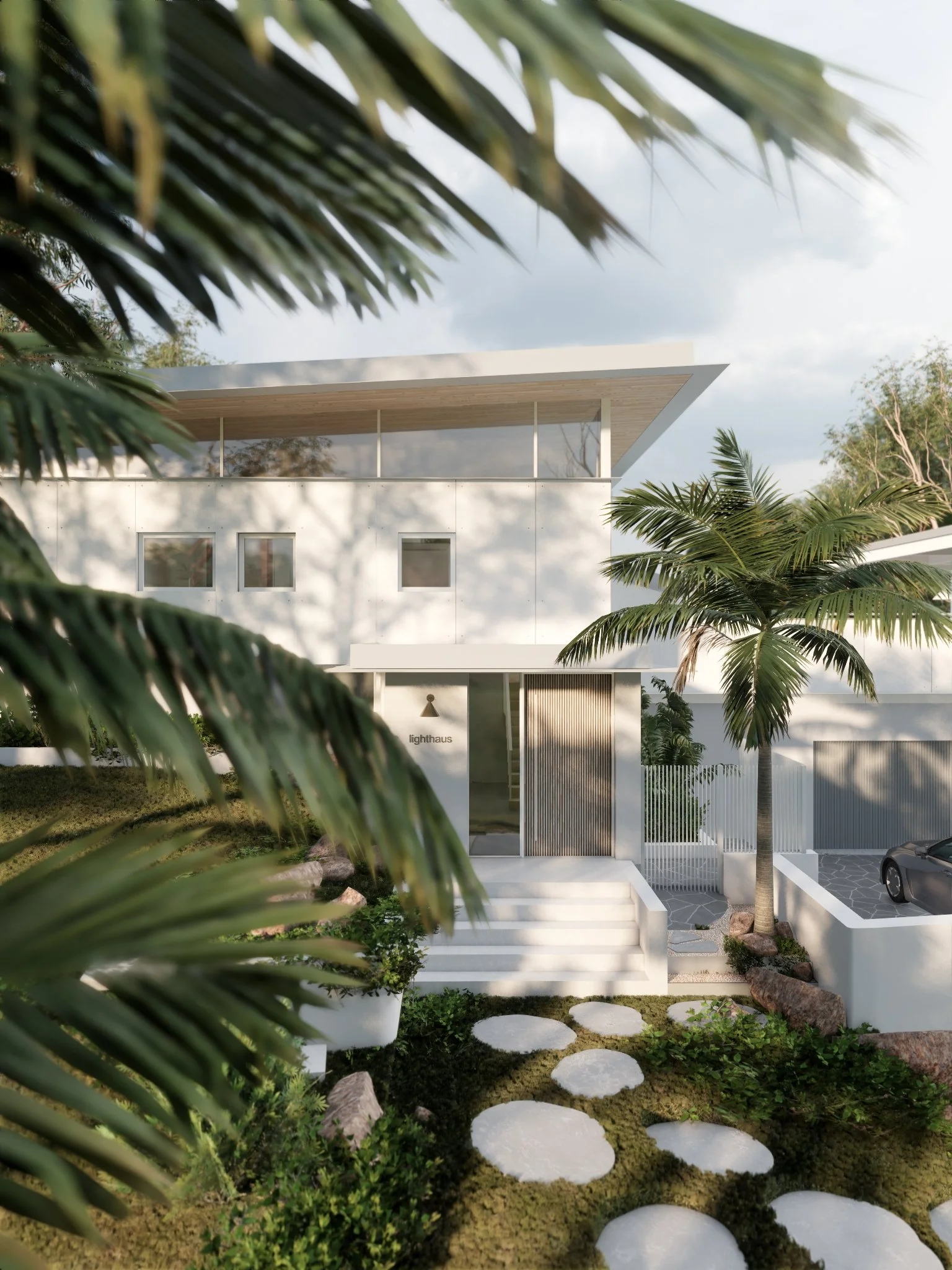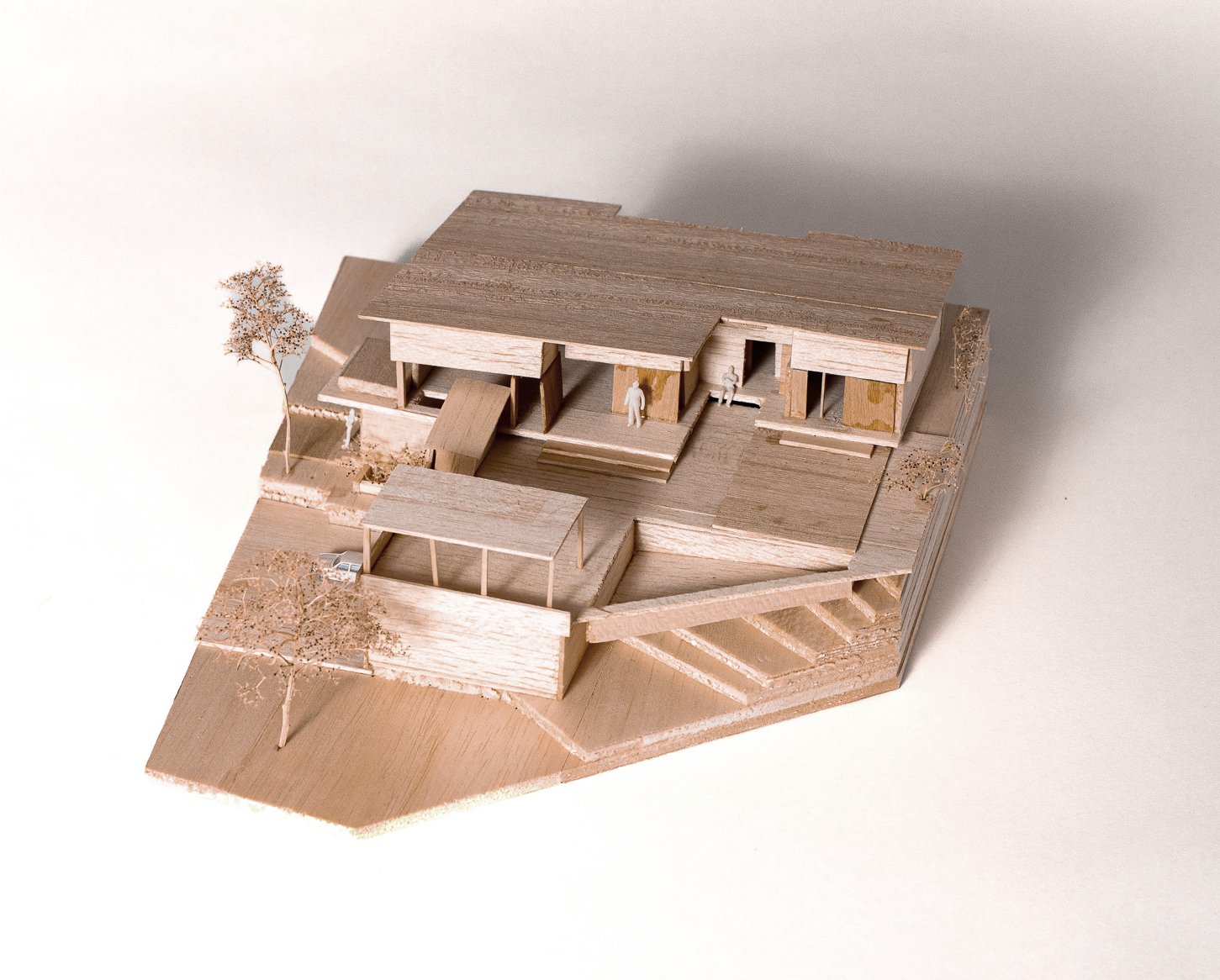Coastal Renewal: Embracing Sustainability and Simplicity.
LIGHT HOUSE
A Sustainable Minimalist Reinvention
This coastal home has been thoughtfully reimagined, honouring its original bones while embracing a new chapter of sustainability, simplicity, and connection. To the light. To the landscape. To a more conscious, minimalist way of living.
The design retains the existing structure, reconfiguring the layout to suit contemporary life. Spaces have been opened up, circulation improved, and the relationship between rooms rebalanced, enhancing functionality while preserving the home's original charm.
The renovation introduces a sculptural new roofline that draws light deep into the interior and promotes natural ventilation. The form is deliberately minimalist quietly framing views, capturing breezes, and softly defining space without excess.
Founded on passive design principles, the articulation of thermal glazing was carefully considered alongside improved insulation levels to enhance air tightness, optimising natural light, heat retention, and overall energy efficiency throughout the home.
Indoors and outdoors flow seamlessly, blurring boundaries and reflecting the rhythm of coastal life. A restrained, earthy palette of sustainable materials; timber, lightweight durable cladding and low toxicity finishes grounds the home in place, offering warmth within a minimalist architectural language.
The result is a home both familiar and renewed: a sustainable, efficient, and elegantly pared back retreat that reconnects architecture to nature and living to intention.
Project
Residential - Alterations & Additions
Location Mona Vale, NSW
Site resides on Gadigal land, Eora Country
Project Credits Architecture: DUO Architects
Site Statistics Site Size: 700m2 Zones: R2 Low Density Residential, Class 4: Acid Sulfate Soils Council: Northern Beaches Council
“Passive design is not about complexity, but clarity. Through considered use of light, air, and orientation, we shape environments that feel intuitive, efficient, and deeply human.”
— DUO Architects










